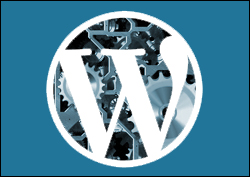
Welcome to Part 3 of our Web Traffic Blueprint article series, where we show you how to create an automated traffic machine using the WordPress CMS.
In Part 1 of this series, we provided an overview of the process, and explained why using an expertly configured WordPress site is the key to automating traffic to your site …
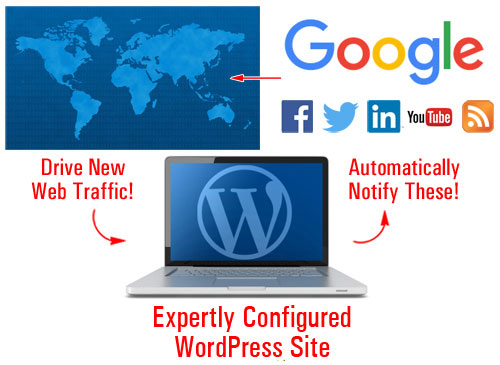
(With an expertly configured WordPress website or blog, all you have to do is add content on a consistent basis to automatically begin attracting traffic!)
In Part Two, we focused on the setup phase. We explained the best way to get started if you don’t have a web presence yet, how to set things up if you already have a site, and what to do if your site was built with WordPress.
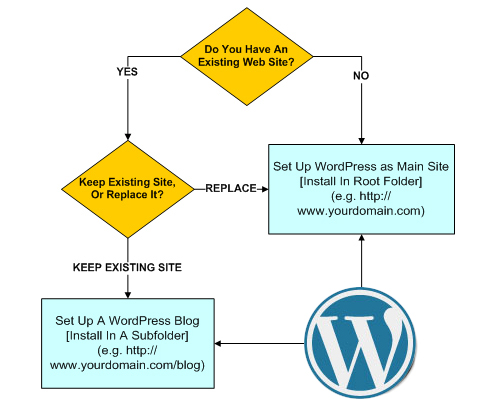
(In Part 2 we show you how to set up WordPress on your domain)
In this section of the series, we discuss the configuration stage of the WordPress traffic automation system. We will show you how to configure a WordPress site to get visitors automatically as you start publishing fresh content to your site.
WordPress Web Traffic Automation Blueprint – Configuration Phase
Being able to attract more visitors to one’s website is often cited by most business owners as one of the greatest challenges they face online. With business becoming increasingly more competitive on a global scale, it’s worth looking into every opportunity you can to get better results online.
Being able to automatically generate traffic on demand can provide you with a huge advantage over other competitors. With an expertly configured website, you have an immediate advantage from the word “go”.
The Configuration Stage Is What Makes All The Difference
There is a difference between an expertly configured WordPress site and a site that has been professionally installed and set up by a website-building expert but not necessarily configured to take advantage of everything WordPress can offer.
Here’s one way to explain the difference:
An expertly configured WordPress website gives you a professional web presence and online business marketing automation!
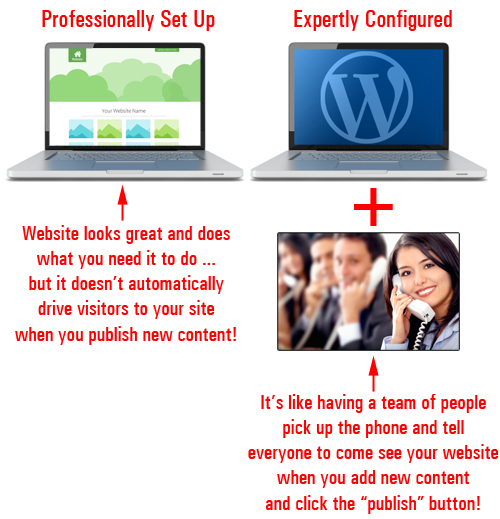
(An expertly configured website gives you a professional web presence with a built-in automated online business marketing process!)
Not only does it take extra labor to build and integrate an automated online business marketing process into your website, it also takes a special type of expertise.
Let’s illustrate this with a story.
A Semi-True Story …
All was going well in the gizmo factory when suddenly, things ceased working.
No one could figure out what is wrong and so the plant manager decided to call in an expert to fix the problem.
Promptly after arriving, the expert went immediately to the main control box. After staring silently at the circuit board for less than 2 minutes or so, the expert then produced a little hammer and made a single tap about 3 inches from the right-hand edge of the box.
Immediately, all the machinery inside the plant sprang back to life.
The manager was grateful and relieved as he thanked the expert, who left just as quickly as he had arrived.
A couple of days later, the manager received a request of payment for services for the amount of $5,000.
The manager dialled the expert, demanding to know why he had charged them such a ridiculously high fee for so little time spent delivering such minimal amount of work and promptly requested an itemized invoice before hanging up.
The next day, an invoice notice arrived and was placed on the manager’s desk. Upon opening it, this is what he saw:
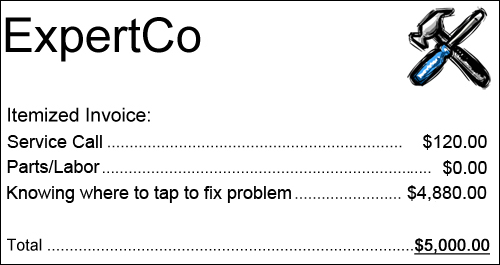
The main challenge most businesses face online is driving visitors to their sites.
How much money did the gizmo factory stand to lose when production ground to a halt and no one in the business had the expertise required to fix it? Did the expert in our story not have every right to demand fair compensation for years spent acquiring the knowledge and expertise that allowed him to avert a potentially costly crisis?
Similarly, if you could have your blog set up and configured so all you had to do is publish content to it and Google, Facebook, Twitter, LinkedIn, YouTube and dozens of other online properties would be automatically notified, how much time and money would you save?
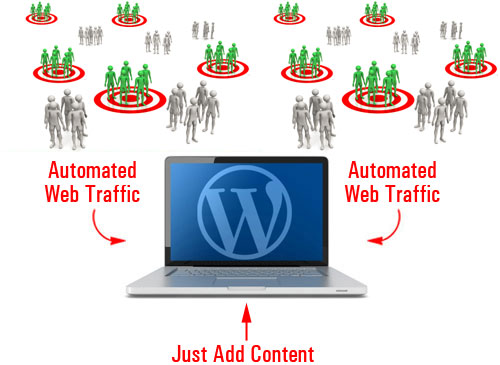
(How much time and money would you save if you could automate the process of attracting new visitors to your site?)
While experts often make complex solutions look easy, it rarely turns out to be that way.
Expertly configuring a WordPress site is more than adding some pages with content and configuring basic settings. It requires knowing where to tap! This includes knowing things such as:
- Which plugins you need to install to add certain functionalities to your site.
- Which accounts you need to set up and activate to achieve specific outcomes
- Which settings you need to configure to make sure things will work as you have imagined, etc.
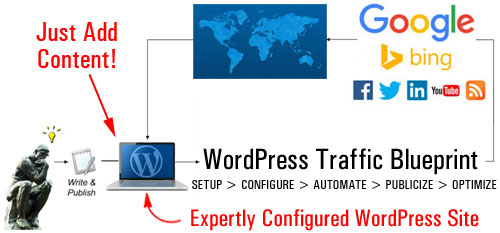
(Generating web traffic automatically with WordPress is a process that requires expertise)
This stage of the WordPress traffic automation system is not so technically challenging, but it’s quite involved. It’s not as easy as installing a piece of software, clicking a button, or configuring some settings in your dashboard area … it’s all this and so much more.
Expertly configuring your website involves the integration of different components including your server, your website or blog, and a number of third-party sites and services …
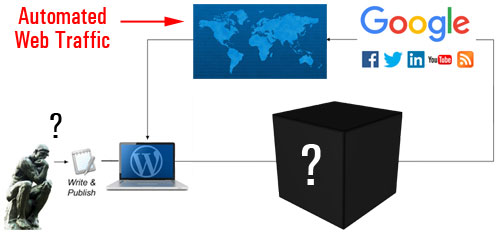
(The configuration stage involves more than just configuring a few settings in WordPress)
If we create a simple flowchart of the steps involved in the configuration process, it would look something like this …
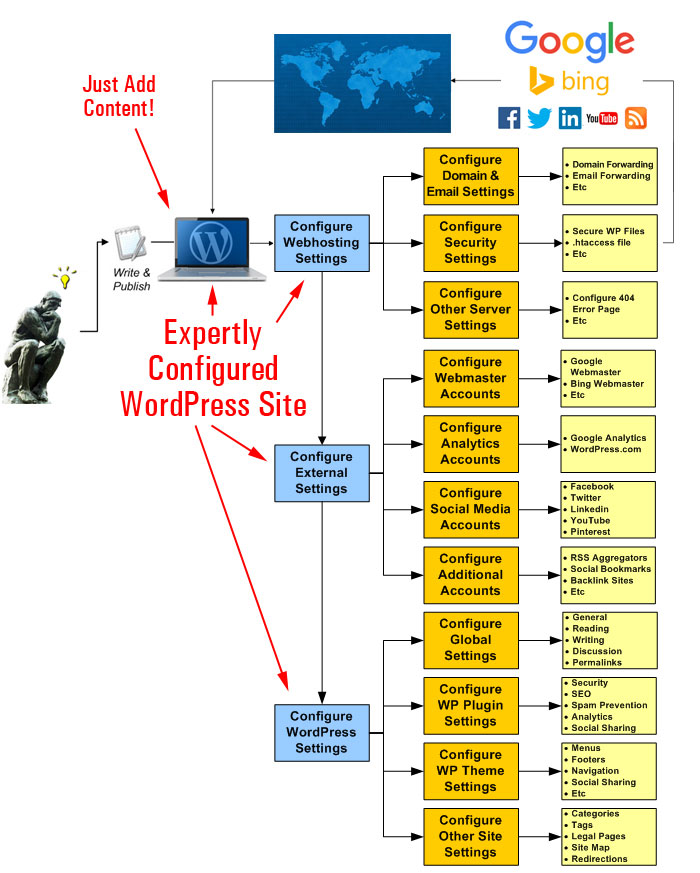
(A simplified diagram of the configuration phase)
Let’s examine these areas.
Server Configuration
We’re not talking here about the process of configuring your hosting account for site installation purposes. What we are talking about, is configuring settings and options in your server that affect how your website will handle web traffic …
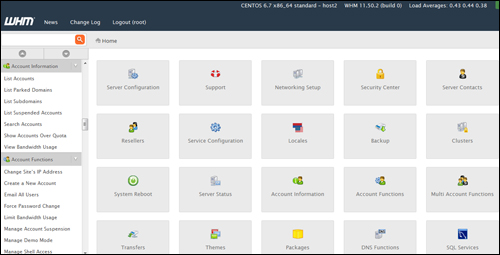
(During the configuration stage, your web server settings need to be fine-tuned for handling both good and bad traffic)
Not all traffic is welcome traffic. Some of the web traffic your site can attract will be unwelcome traffic like spam, security threats, bot-hacking attempts, etc.
This part of the configuration process, therefore, is about evaluating your needs, planning for both bad and good traffic and then adjusting settings in your server accordingly. This includes things like implementing spam protection and securing server files, to configuring your domain and email redirections, setting up htaccess file redirections, etc …
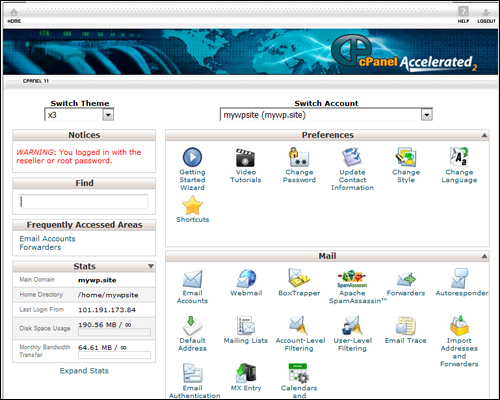
(Have you configured your webhosting settings for handling things like emails, page error redirections, etc?)
After fine-tuning your server settings and configuring these (if required), the next step of the configuration phase is to set up a number of third-party sites or online services.
External Services
The purpose of choosing external sites is that all of your content will get posted to a central location (your site) and from there, it will get syndicated automatically to other parts of your web traffic system, or notify traffic-related web properties and services.
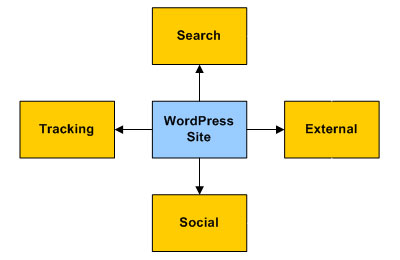
After incorporating these external sites into your network, content linking back to your site will be automatically syndicated to search, social and aggregator sites. Your content will then be exposed to new audiences and new sources of traffic.
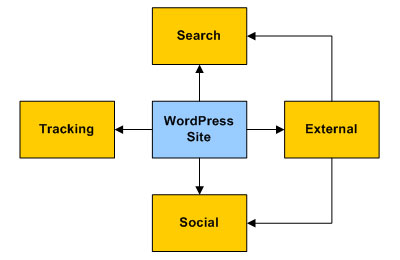
Some third-party sites and online solutions will need to have accounts set up before configuring your WordPress settings to help speed up the process and some will need to be done later, during the automation phase.
For example, you will want to set up the following accounts before configuring your site:
Google Webmaster Tools
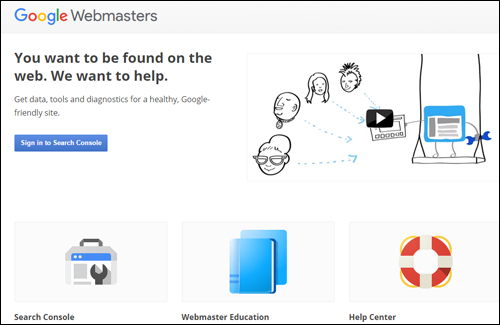
(Google Webmaster Tools – create a Google-friendly website)
Google Webmasters lets you inform Google about your site’s pages, submit XML sitemaps for automatic page indexing, and provides site owners with a range of important data, SEO tools, and reports about their website.
Once your account with Google Webmaster Tools are set up, your information can be used with traffic-related settings in WordPress (e.g. using plugins like Yoast SEO – see further below) and other applications.
Google Analytics
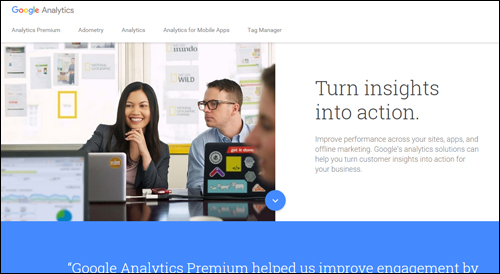
(Google Analytics)
Google Analytics lets you improve your site’s results, SEO, user engagement, marketing campaigns, sales conversions, and more, by tracking all user behavior, pages visited, keywords searched for, search engine referrals, etc.
After setting up your up your Google Analytics account and entered your site data, tracking data can be easily integrated with WordPress using a simple plugin and automatically sent to other useful applications and reporting tools.
Bing Webmaster Tools
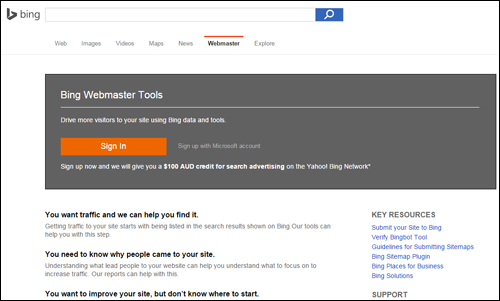
(Drive more traffic with Bing Webmaster Tools)
Bing Webmaster Tools is similar to Google Search Console. After setting up your account and entering site data, this information can be used with web traffic-related settings and notifications in WordPress and other applications.
WordPress.com
(WordPress.com)
As explained in Part 2, WordPress offers users a self-hosted (WordPress.org) and a hosted (WordPress.com) option. We recommended choosing the self-hosted WordPress version if you plan to build a professional online presence.
WordPress.com (the hosted option), however, provides a number of useful features, which a number of WordPress plugins can access. We recommend setting up an account with WordPress.com, therefore, and we’ll show you how to integrate this into your web traffic generation system in the next installment of this article series.
Social Media Pages

(Syndicate your content automatically to your social media sites and social bookmarking accounts and drive new traffic to your site)
You will need to have already set up your various social media and social bookmarking accounts in order to configure these as part of your traffic generation system.
After setting up and configuring everything, you will be able to syndicate your content automatically to your social media and social bookmarking accounts and attract new traffic to your site.
Make sure you have profiles set up with all of the leading social networks – Facebook, Twitter, LinkedIn, YouTube, Pinterest, etc.

There are many social sites you can set up. You don’t need to go crazy, just pick the ones that will work with your setup and/or content sharing tools.
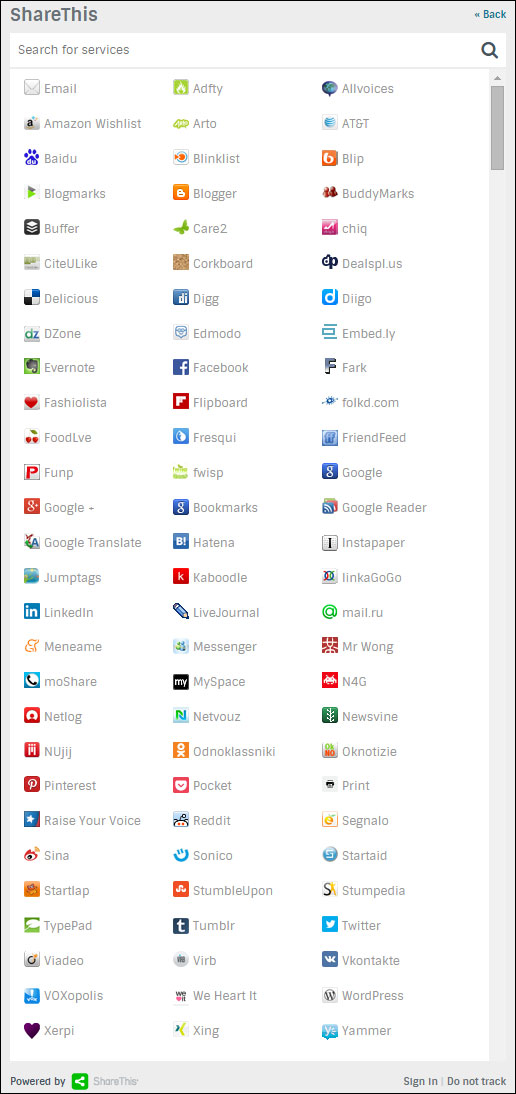
(There are loads of social sites you can post your content to. Image source ShareThis.com)
Additional Sites, Content Aggregators, Etc.
There are many emerging platforms and RSS aggregators that can act as secondary sources of traffic. Some are free or provide free accounts, and some offer a range of pricing plans.
For example, here is a content aggregator that allows you to add a feed from your WordPress blog …
RebelMouse
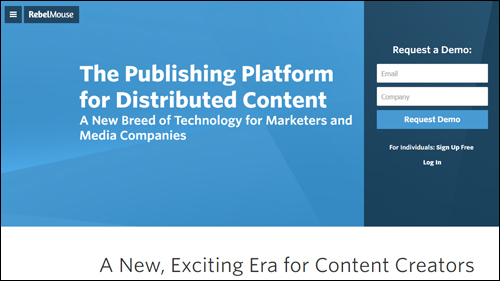
(RebelMouse)
RebelMouse is a news aggregator for your social profiles and RSS feeds. Your content displays in a Pinterest-like format and visitors can follow your own RebelMouse website.
![]()
There are many different platforms you can incorporate into your web traffic blueprint. Please contact us if you need assistance exploring some of these further, or to discuss a configuration strategy to suit your needs.
After you have configured your server settings and set up accounts with third-party sites, it’s time to configure your site’s settings.
WordPress Site Configuration
The first step in configuring your site for traffic is to ensure that your global settings have been set up correctly.
Let’s go over some key areas.
Global Settings
By default, all WordPress installations include a Settings menu that allows you to configure your site’s main settings …
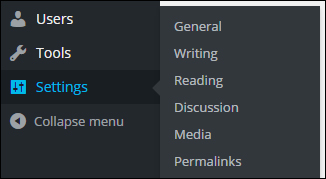
(WordPress settings menu)
General Settings
Content entered into fields like Site Title and Tagline can influence your site’s SEO, search listings, etc …
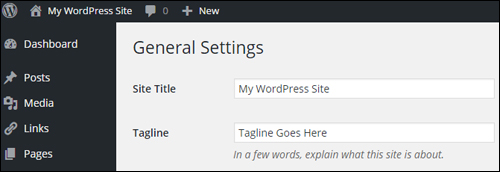
(Settings Menu – General Settings)
Writing Settings
The Writing Settings area contains an important and frequently overlooked automated traffic notification system …
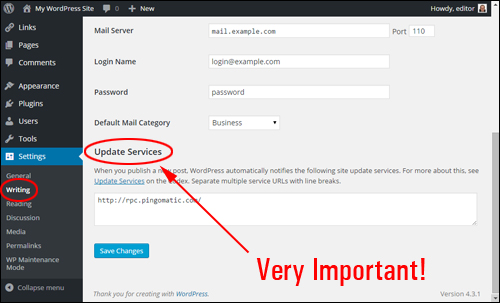
(Settings Menu – Writing Settings)
As described in this section,
When you publish a new post, WordPress automatically notifies the following site update services …
Unless you or your webmaster have purposely chosen to discourage search engines from indexing your site – see next section, then your site will automatically ping the list of update services entered into the Update Services box
By default, when WordPress is installed, only one service is available …
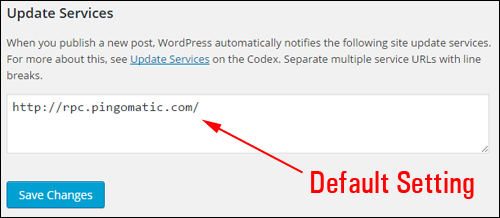
(Update Services – A Powerful Traffic Feature)
You can notify dozens of update services automatically with WordPress …
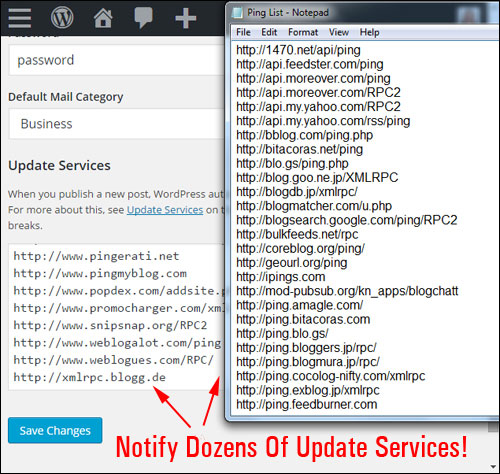
(WordPress lets you notify dozens of update services automatically!)
![]()
Download A Comprehensive List Of Ping Services For Your WordPress Site!
Click the link below to download a comprehensive list of reliable and authoritative ping services for your WordPress site or blog:
Download A List Of Ping Services For Your WordPress Site
***
Note: If you need help setting up the list of ping services on your site, we recommend using a professional web services provider. You can find professional WordPress service providers in our WordPress Services Directory.
Reading
This section affects how your content gets seen by visitors when they visit your home page and blog pages.
The syndication settings on this page can influence web traffic. For example, your choice of displaying the full content vs summaries of your post, affects how your content displays in RSS readers and RSS email campaigns, and could impact someone’s choice to explore your content further, and whether or not they will visit your website or blog to read the rest of the content from excerpts, or read the content in full without the need to click through to your site.
As far as traffic is concerned, however, the main setting in this section is whether the Search Engine Visibility check box is ticked or not.
Typically, you want search engines to visit your site. Leaving this box unchecked enables your site to notify your update services list when new posts are published (see Writing Settings above). Unless you have a specific reason why search engines should not visit your site, make sure this box is left unchecked …
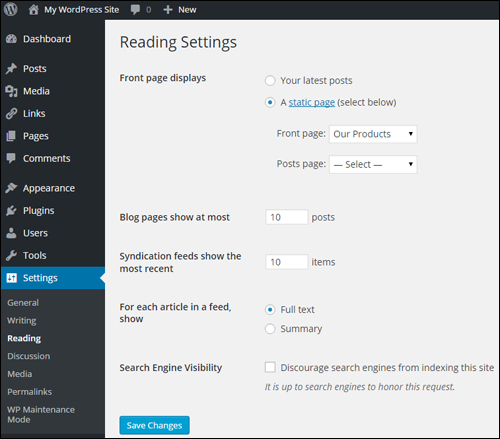
(Settings Menu – Reading Settings)
Discussion Settings
Although the settings in this section are mostly concerned with how users engage with content on your site, you have the option to allow notifications to blogs linked to from your articles, and to allow link notifications from other blogs (pingbacks and trackbacks). This can work for you, but it can also drive bad traffic in the form of SPAM comments …
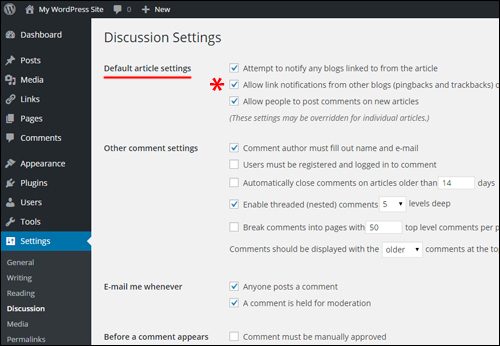
(Settings Menu – Discussion Settings Section)
Permalink Settings
Your Permalink settings allow you to create search engine-friendly URLs …
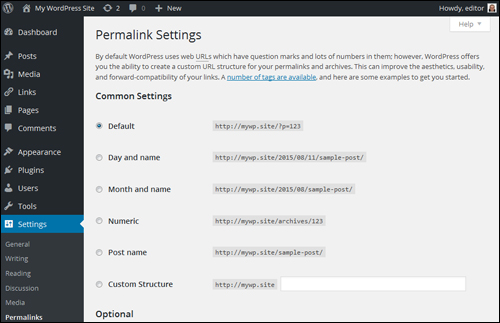
(Settings Menu – Permalinks Screen)
The examples below show some of the ways permalink URLs can be configured …
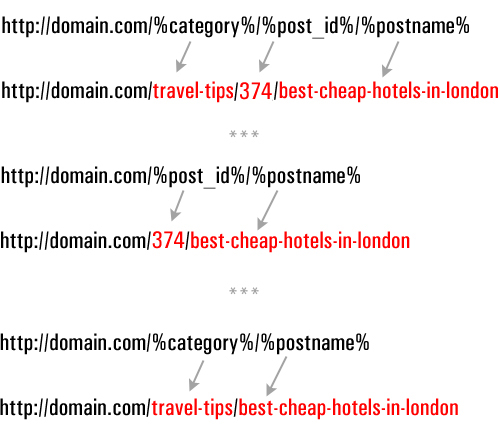
(Configuring permalinks)
If you need help setting up WP permalinks, see this tutorial: Changing Your WordPress Permalinks
WordPress Plugins – Configuration
The WordPress developer community makes available plugins that can add almost every kind of functionality to your website, including traffic generation.
Here are examples of plugin categories and plugins that can help drive more traffic
Blog Defender Security Plugin
Once again, it’s important to configure your site for dealing with both good traffic and bad traffic. Regardless of the kind of business you run or plan to run online and how small you think your web presence is, you simply cannot afford to ignore the importance of securing your web sites.
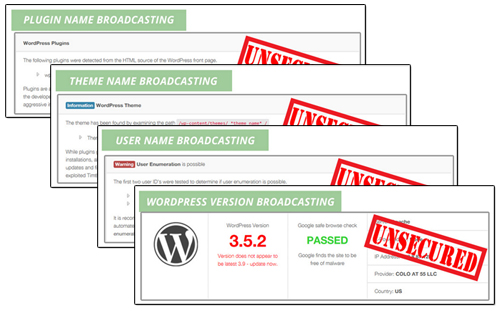 (Security Plugins help prevent bad traffic from harming your web presence)
(Security Plugins help prevent bad traffic from harming your web presence)
Security plugins like Blog Defender help to make your website invisible to hackers and bots.
For more details, go here:
SEO Plugins – Yoast SEO
WordPress SEO plugins help drive traffic by making your site more search engine friendly …

(WordPress SEO plugins like Yoast SEO help increase traffic by improving your website’s ability to rank better in search engines)
A plugin like Yoast SEO can improve your SEO. Properly configured, this plugin not only makes your site easier for search engines like Google and Bing to index, it allows you to specify how your content will show up in Google’s search results and social media sites Twitter, Facebook, and Google+.
WordPress Social Plugins
Allowing visitors to easily share your content with their friends and networks can help to increase traffic to your site, especially if you provide great content that adds value to readers.

(WordPress users can easily add social features to their site using free or inexpensive plugins)
There are many free or inexpensive social sharing plugins to choose from.
Most social share plugins allow you to specify which social sites your content can be shared to, embed social buttons into your content, set up custom post messages, display/hide share counters (e.g. number of shares), etc. Some social sharing plugins even allow you to set up protected content sections on your pages which users can unlock by liking your page.
WordPress Theme Features – Configuration
As well as configuring various plugins, many WordPress themes also include features that help grow your traffic.
For example, in addition to options and settings for configuring layout and design aspects of your website, some themes also provide options for improving search optimization and site linking structure for faster indexing, add tracking code, social sharing buttons, etc …

(Many WP themes like Graphene (a highly customizable free theme) allow you to configure settings for better traffic results)
With many WordPress themes, adding social sharing features to your pages is as easy as clicking a button …
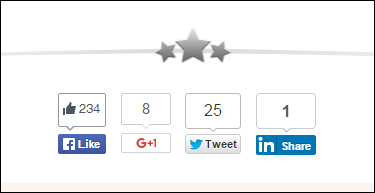
(Many WordPress themes provide built-in social sharing features)
Configuring Additional Areas Of WordPress For Better Traffic Flow
Last (but by no means least) in the configuration process, are the things that need to be configured outside of the global settings.
These include the following:
Compliance Web Pages
Once again, when preparing your site for an increase in traffic numbers, it’s important to plan not only for how to deal with bad and good traffic but also for all the situations that can seriously affect your business when more and more people start finding and visiting your website.
If you are making money online, you need to make sure that your site complies with legal requirements of government agencies that regulate how business online is done.
 (Does Your Website Comply With The Law?)
(Does Your Website Comply With The Law?)
If you need help adding legal pages to WordPress, go here:
WordPress Categories & Tags
Post categories & tags help search engines better organize and index your pages, which helps you get more traffic.
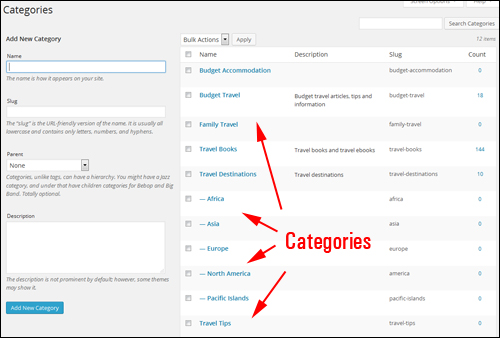
(WordPress post categories help improve traffic by improving your site’s search engine optimization.)
As we strongly recommend in this article, it’s best to set up your website’s post tags and categories earlier on, during the Website Planning Stages.
When configuring your website or blog to automate and improve traffic, you will want to review and make sure that the post tags and categories that have been set up.
Site Map
A site map that displays all of your posts and pages to visitors is not only a useful navigation tool, it can also help external tools find more of your online content …
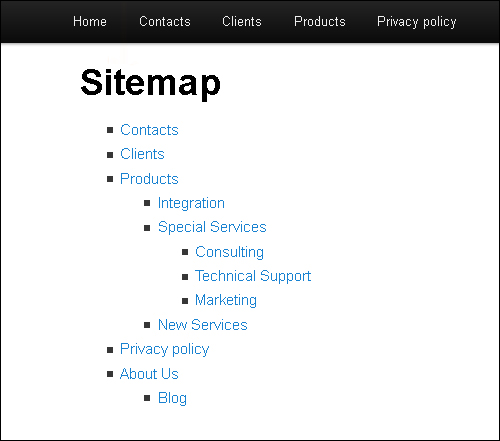
(Site Map – great for site visitors and beneficial for web traffic too!)
![]()
An HTML site map and an XML sitemap are not the same things. Although Google can index your pages just from an XML sitemap (which a plugin like Yoast SEO will create for you – see earlier section), making it easier for visitors to find more pages on your site results in increased traffic.
404 Page – Don’t Lose Traffic!
When visitors searching online for your website type in the wrong URL or click on a link pointing to a page on your website that no longer exists, they are greeted with an error – page not found message (known as a 404 Not Found error page) …
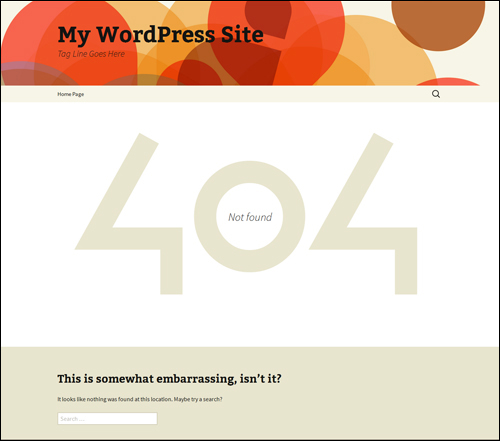
(A WordPress 404 Not Found error page)
A 404 Not Found error page can be configured to redirect confused visitors to your functional web pages …
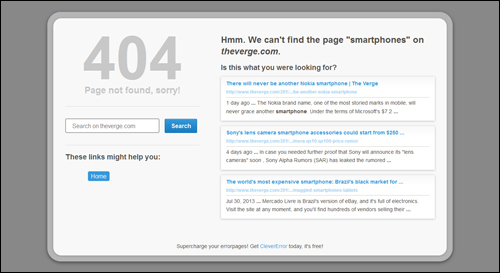
(Configuring your 404 Error Page allows you to redirect traffic that may otherwise be lost.)
![]()
Although a 404 Not Found error page can be set up on your server, there are WordPress plugins that let you easily configure your 404 page inside your WordPress admin.
WordPress Traffic Blueprint: Configuration Stage – Summary
Once your website has been expertly configured and fully set up, all you have to do then is add web content on a consistent basis to begin bringing more web traffic.
The process of expertly configuring a WordPress site, however, can be quite involved and elaborate , requiring the configuration and integration of a number of different elements and web properties …
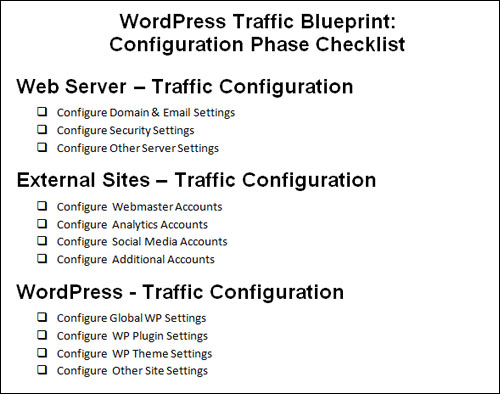
(Traffic System – Configuration Checklist)
![]()
The kind of expertise involved in expertly configuring a WordPress site typically takes some website professionals months to learn.
Once you have configured your WordPress site, the next step is to automate the process. This step is covered in the next section of the series.
This is the end of Section Three
To continue reading, click on the link below:
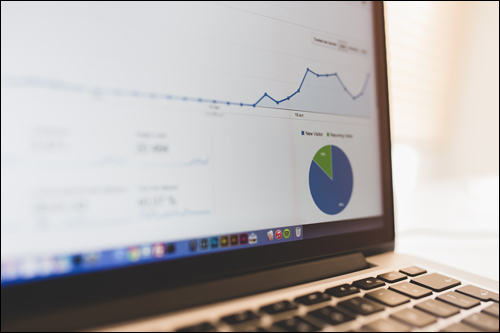
![]()
This tutorial is part of a comprehensive series of articles aimed at helping website owners learn how to grow their business online cost-effectively with a WordPress website and proven marketing methods that are easy to implement.
Subscribe To Our Site And Get Notified When New Tutorials Get Published!
***
"If you're new to WordPress, this can stand on its own as a training course and will stay with you as you progress from beginner to advanced and even guru status." - Bruce (Columbus, Ohio)
***


